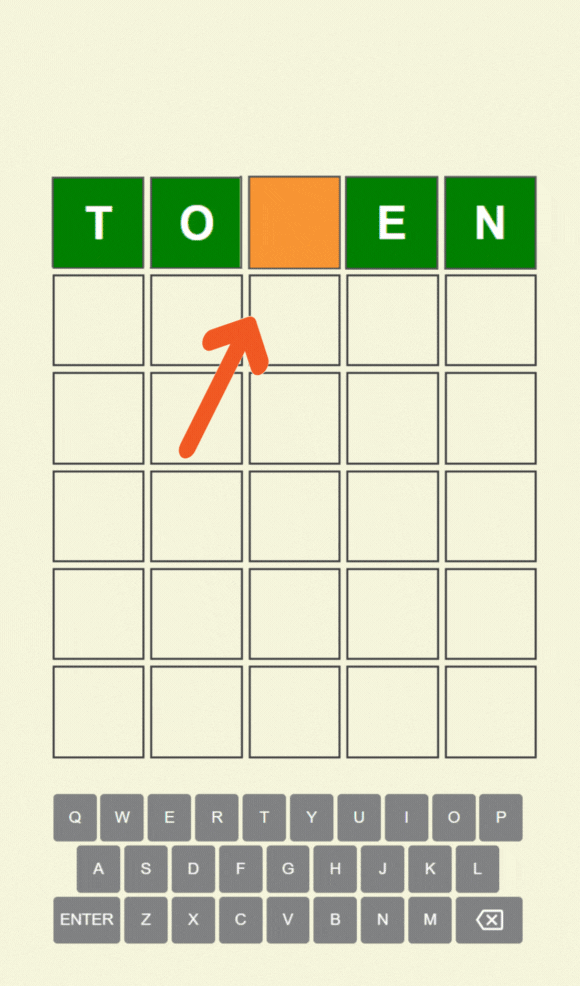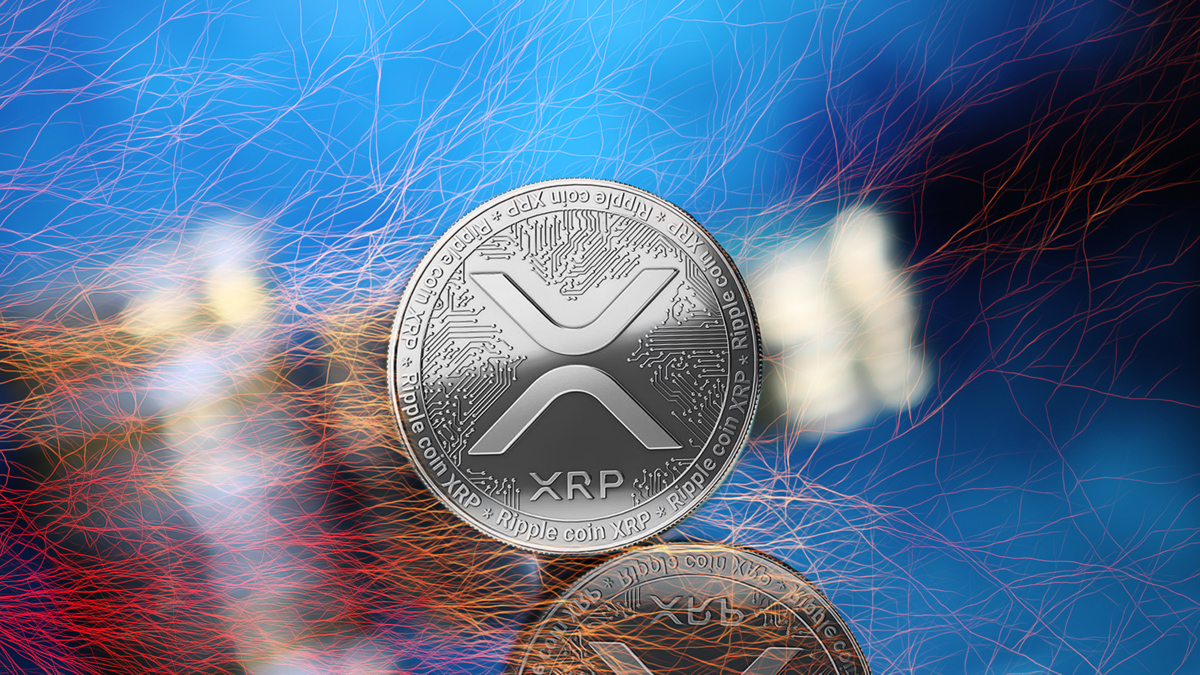South Korea is re-evaluating its financial market regulations to allow institutional investors access to cryptocurrency transactions once again. The pilot program, expected to launch by the end of 2025, will permit 3,500 professional investors to open accounts using their real names. This regulation aims to increase transparency and security in the market.
Restrictions in 2017 and New Regulatory Framework
In 2017, South Korea banned institutional investors from entering the cryptocurrency market as a measure against money laundering and market speculation. Banks also imposed restrictions on opening accounts under real names for institutional investors. This period was marked by significant volatility and security vulnerabilities in the market.
The Digital Asset User Protection Law, which came into effect in 2024, includes vital measures to protect investors and enhance transparency in the sector. This law aims to bolster market oversight and regulations, enabling institutional investors to operate securely. The protection of investors and maintaining market stability are highlighted as key focus areas of the regulation.
A Fresh Start for Institutional Investors
The Financial Services Commission stated that the primary goal of the regulation is to maintain market stability and foster a healthy competitive environment. In this context, the pilot program will allow 3,500 professional investors to open accounts under their real names.
The regulation prioritizes converting existing cryptocurrency assets into fiat currency over attracting new investors to the market. This approach is designed to prevent large fluctuations and reduce risks in the market. Authorities emphasized that the regulations are prepared to mitigate excessive speculation risks and enhance financial transparency.
Additionally, the regulations include measures that will provide greater transparency, such as third-party custody services and transaction reporting requirements. Institutions continue to closely evaluate the advantages and potential risks involved in this process.

 Türkçe
Türkçe Español
Español









